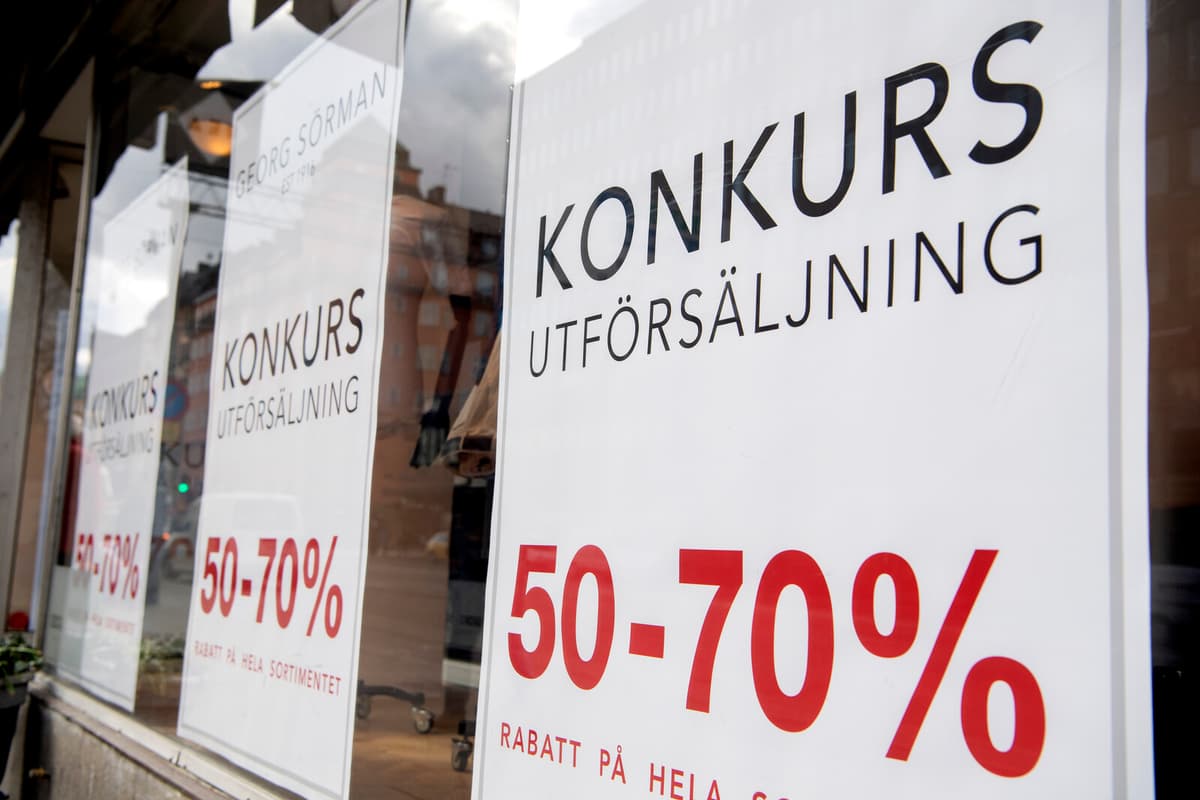The opportunity to defer payment of employer contributions and VAT was introduced to facilitate companies that saw their revenues go up in smoke due to the pandemic. Now the debt must be repaid.
When the opportunity for deferment was introduced, there was a belief that the economy would take off again after the pandemic, but that did not happen. Instead, inflation, electricity crisis, and Russia's war in Ukraine came. Many companies still have difficulty paying their debts, says Karl Stjerna, CEO of the credit information company Syna.
According to Stjerna, almost all indebted companies have repayment plans. More than a quarter have not started repayment and will make their first payment in March next year.
Bankruptcy Risk
The trend, according to a report from the Tax Agency, is that the proportion of companies paying their deferments is decreasing over time, and the proportion of companies where debts are transferred to the Enforcement Authority for collection is increasing.
The number of bankruptcies has varied during the year, but during the first ten months, a total of 8,213 companies went bankrupt. This is 29 percent more than the corresponding period last year. Many of the bankrupt companies had been granted deferment of tax, according to figures from Syna. Of the companies that went bankrupt until September, 27 percent had been granted such deferment.
According to Nikolay Angelov, quantitative analyst at Svenskt Näringsliv, many of the companies that were granted temporary tax deferment already had a higher bankruptcy risk before the pandemic.
The system of tax deferment was implemented in such a way that it became attractive to companies that, regardless of the pandemic, were in a fairly difficult financial situation and may not have survived in a normal economy, he says.
Chain Effects
He believes that the measure was justified when it was introduced, but that the opportunity for deferred payment should not have been extended in the way that has happened. Now, a lot is at stake.
Besides the state missing out on billions in tax debts, this can have other macroeconomic consequences. If suppliers to companies do not receive their payments, chain effects will arise, says Nikolay Angelov.
Maria Stensson/TT
Facts: Industries with the largest pandemic debt
TT
Wholesale and retail trade and repair of motor vehicles and motorcycles: SEK 7.3 billion
Manufacturing: SEK 4.6 billion
Hotels and restaurants: SEK 3.5 billion
Construction: SEK 3.2 billion
Source: Syna






